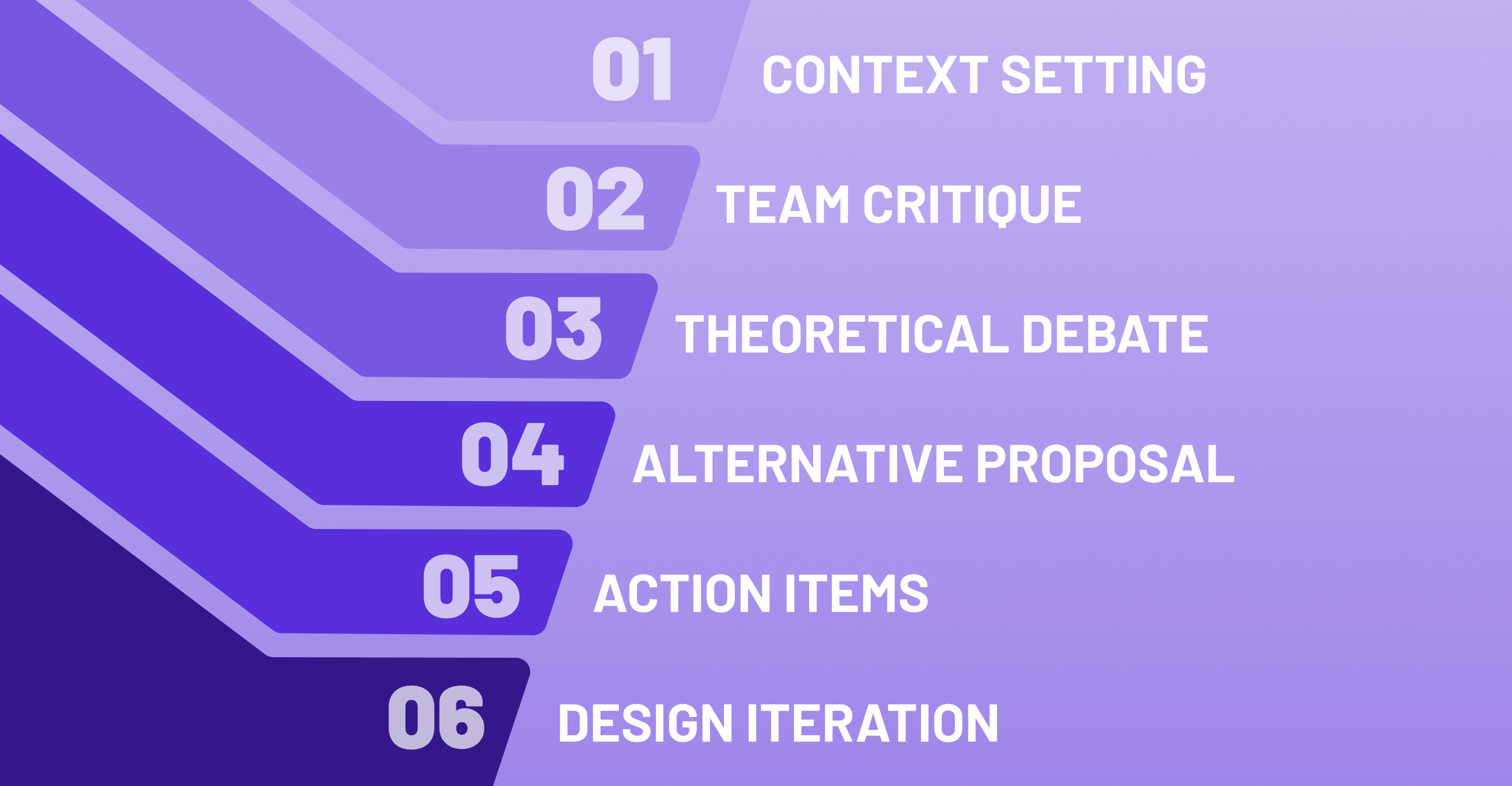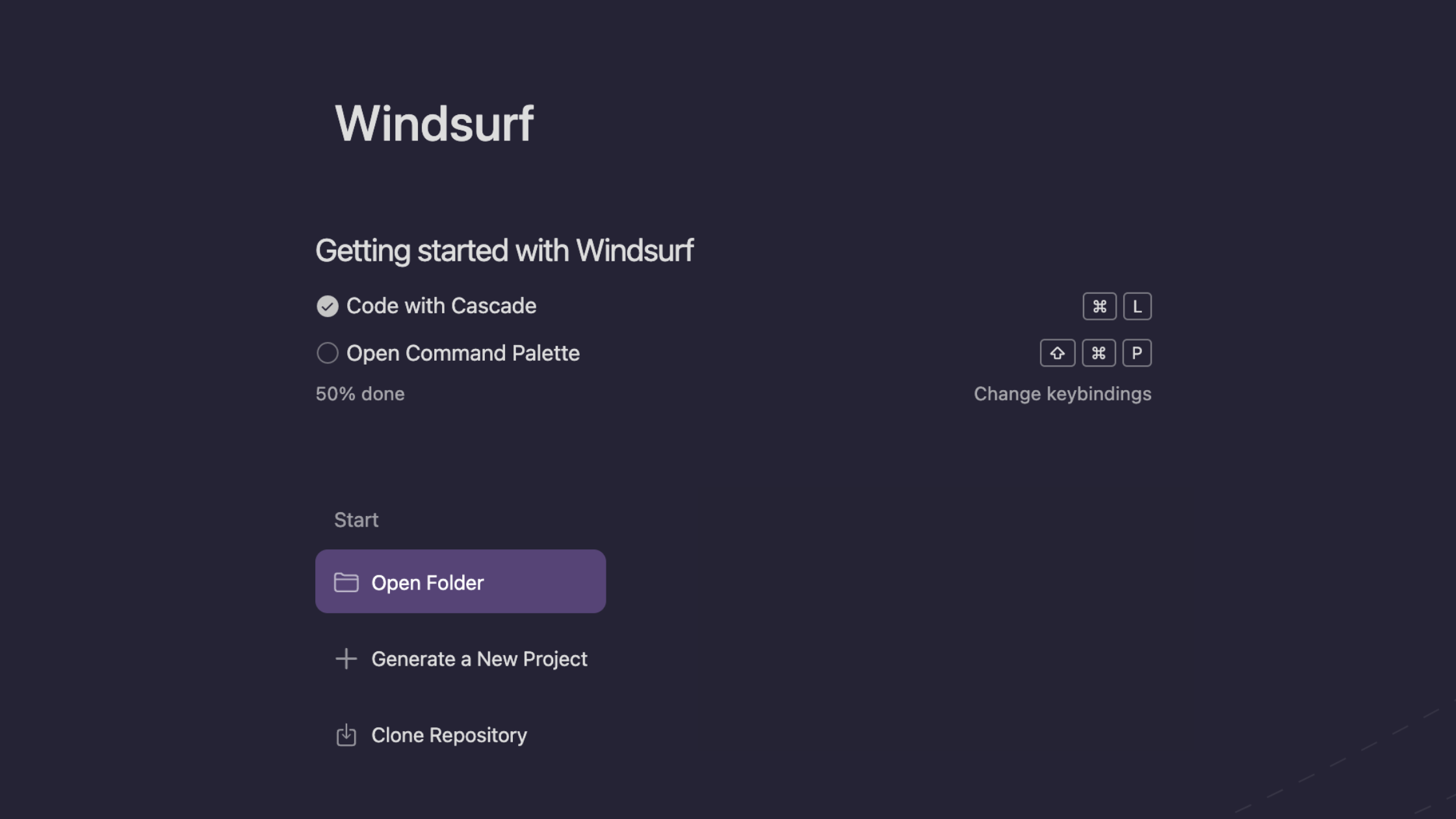
At Kaizen, design critiques began as a simple idea for peer learning, but quickly became the most valuable part of our UX culture. Our philosophy is to build by co-building. Feedback isn’t something we fear; it’s something we train for. We prefer to face tough input at the right time rather than too late.
We use design critiques to connect, exchange perspectives, and train our critical eye. It's not about one UXer working alone; it’s about bringing diverse viewpoints together to strengthen ideas early, before they go live. We hold these sessions weekly across all projects, from small features to large redesigns.
What is a Design Critique (and How We Run Ours)
A design critique is a structured, collaborative review where peers evaluate a design, prototype, or concept. Its main objective is to gather constructive feedback to identify strengths and weaknesses, leading to significant product improvements.
Our sessions last one hour. One person moderates while others present their work. Each presentation is about 15 minutes, split evenly between context and feedback.
Every UX design critique follows a three-part structure. The core rule is that feedback must be objective analysis (e.g., based on user needs and UX principles) and never personal judgment:
- The Critique Itself: Observations, reactions, and questions about the design.
- The Theoretical Grounding: The reasoning behind the comment, often supported by heuristics or UX principles.
- The Proposed Solution: A suggestion on how to address or refine the issue discussed.
The Dual Purpose of Our Critique Process
What makes the Kaizen design critique process unique is the dual purpose it serves:
- Training the Muscle of Critique: Every session is both practice and contribution. We grow as designers while simultaneously improving the work for our clients.
- A Consistent Quality Check: Having many eyes on one piece of work means issues surface before production, improving quality and reducing design debt. This means a client's project benefits from the entire UX team's perspective.
Our golden rule for giving a design critique remains simple: “Critique, explain, propose.” It’s how we stay grounded, theoretical, and solution-oriented at once.
Integrating Critiques into the Workflow
When the critique ends, the feedback doesn't vanish, it's immediately actionable:
- For open tickets: The designer integrates the insights into the next iteration of the work.
- For closed work: We record suggestions for future reference and share them with the client if relevant.
Every session becomes part of our collective learning system, building a repository of UX design best practices.
More Than a Routine: Our Ritual of Learning
For us, design critiques are not mere meetings; they are a ritual of learning. They remind us that good design doesn't happen in isolation, and that growth comes from openness, respect, and shared curiosity.
When asked how Kaizen’s UX team achieves consistent quality, we point to this practice: a warm group of people, united by listening deeply, questioning respectfully, and building better designs together.















